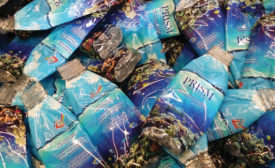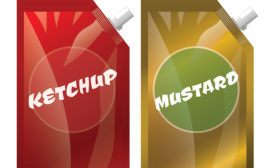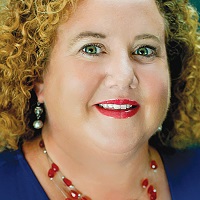Home » Keywords: » downgauging materials
Items Tagged with 'downgauging materials'
ARTICLES
PMMI Corner
Growing Flexible Packaging Demand
Consumer demands for environmentally friendly, convenient and cost-effective packaging continue to drive flexible packaging market growth.
June 18, 2018
Cover Story: Beverage breakthroughs of the year
Beverage packaging breakthroughs move away from the masses
The new packaging lineup consists of customization and personalization.
February 10, 2015








